Timber from Russia and Belarus considered ‘conflict timber’

All timber originating from Russia and Belarus is ‘conflict timber’ and therefore cannot be used in PEFC-certified products, the Board of the Programme for the Endorsement of Forest Certification (PEFC) announced 4 March 2022.
‘Conflict timber’ is defined as “Timber that has been traded at some point in the chain of custody by armed groups, be they rebel factions or regular soldiers, or by a civilian administration involved in armed conflict or its representatives, either to perpetuate conflict or take advantage of conflict situations for personal gain". PEFC is extremely concerned about the Russian government's attack on Ukraine. This has "an immediate and long-term destructive impact on the environment, on forests, and on the many people that depend on forests for their livelihoods". FAQ & Answers Here.
Responsible Wood Forest Certification for PEFC Assessment
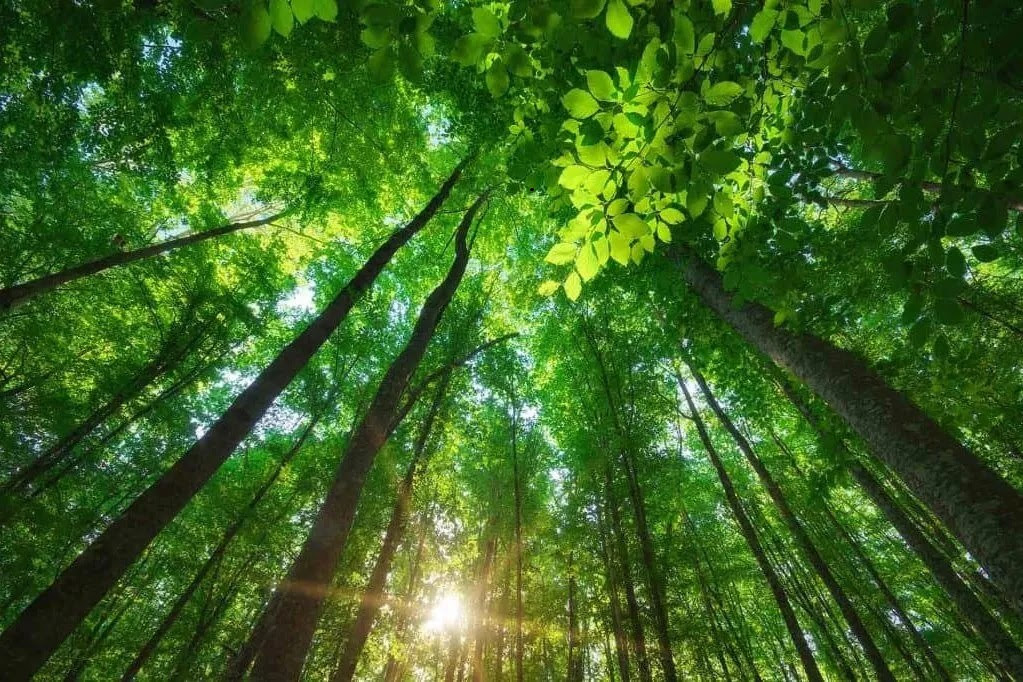
The Responsible Wood Forest Certification System for Australia and New Zealand has been submitted to PEFC for assessment. Stakeholders from around the world are invited to give feedback on the revised Responsible Wood Forest Certification System. Deadline for comments is 28 April. Responsible Wood revised the national forest certification system for Australia and New Zealand following the entry into force of the revised 2018 PEFC Sustainable Forest Management standard. See all system assessment details for Australia and New Zealand. Read more here.
Can Tables and Chairs Help Combat Climate Change?
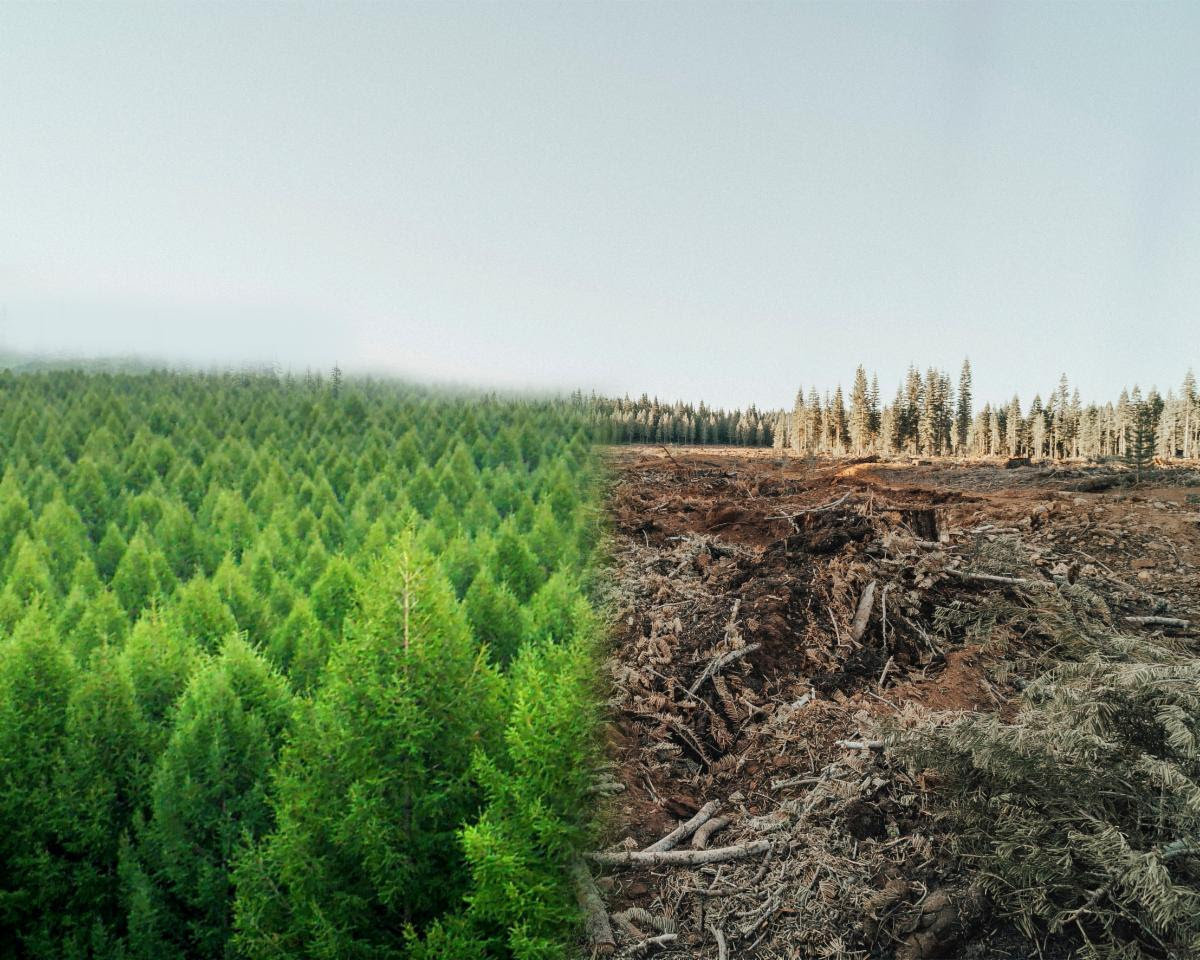
A wooden dining room table may be able to store carbon for up to 30 years or more, up until it is discarded. This is the basic premise of how a carbon sink works, essentially a natural reservoir, like forests, oceans, or the soil, that absorbs more carbon from the surrounding atmosphere than they produce. This is the theme of an article on the PEFC Furniture Blog headlined: Can Tables and Chairs Help Combat Climate Change? You can expect to read more about the importance of certified wood for furniture in the upcoming article entitled "Adopting three pillars of sustainability for the furniture industry" by Ken Hickson in the March/April issue of Panels & Furniture Asia magazine due out any day. Go to Panels & Furniture for more.
Labels Communicate Responsible Practice to Customers
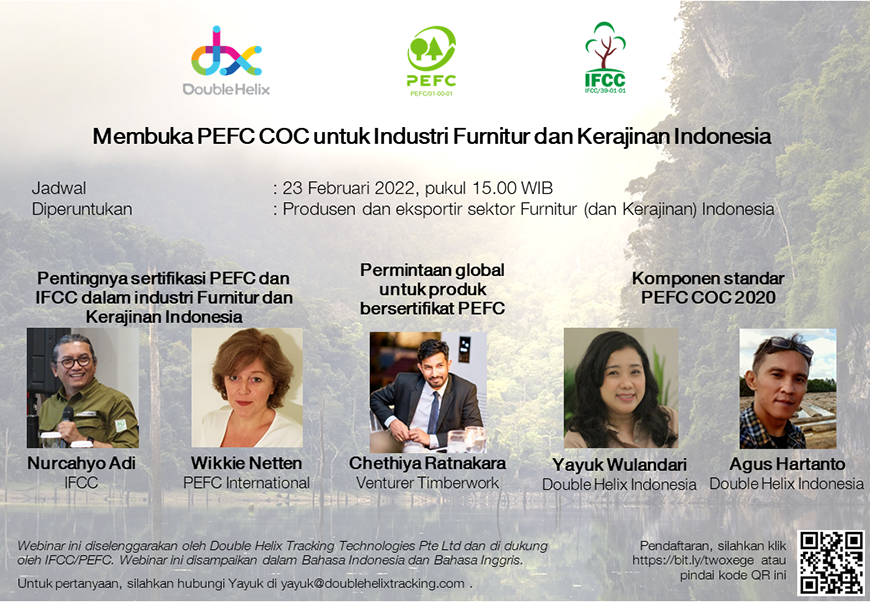
The importance of PEFC and IFCC certification in the Indonesian Furniture and Crafts industry was the focus of a recent webinar by Double Helix Tracking Technoloigies, with IFCC and PEFC Southeast Asia speakers, including Wikkie Netten, who shared how PEFC certification helps producers gain access to global markets. According to the PEFC/GfK Global Consumer Survey, 80% of consumers want companies to use appropriate labels on products and 30% said they actively look for forest certification labels when purchasing wood products. Gaining PEFC chain of custody certification and applying the PEFC label to your products enables you to communicate your responsible practices visibly to your customers. Use the pass code:4$T1%q@G Hear the webinar recording here.
Malaysia Participates at Expo Dubai Forestry Conference

Malaysia Timber Certification Council (MTCC) will be participating in the hybrid “Sustainable Forestry and Timber Construction” on 15 March, organised by Expo 2020 Dubai, Swedish Pavilion. A presentation will be done by MTCC CEO Siti Syaliza Mustapha on Sustainable Forest Management (SFM) in Malaysia. The day’s programme includes guided tours of the Swedish and Malaysian pavilions, as well as sessions covering: Forests, timber and the global climate – facts and visions; Challenges and developments in mass-timber construction; Timber technology, health, well-being, risks and opportunities; Financial benefits from timber technology; Timber driven entrepreneurship and new value chains; Challenges in global forestry; Timber as a scarce resource – saving or destroying habitat; Regional forestry challenges, handling biodiversity and yield; The Wood solution; positive examples from around the world. Read all about it.
Sustainable Material Trends for the Global Fashion Industry
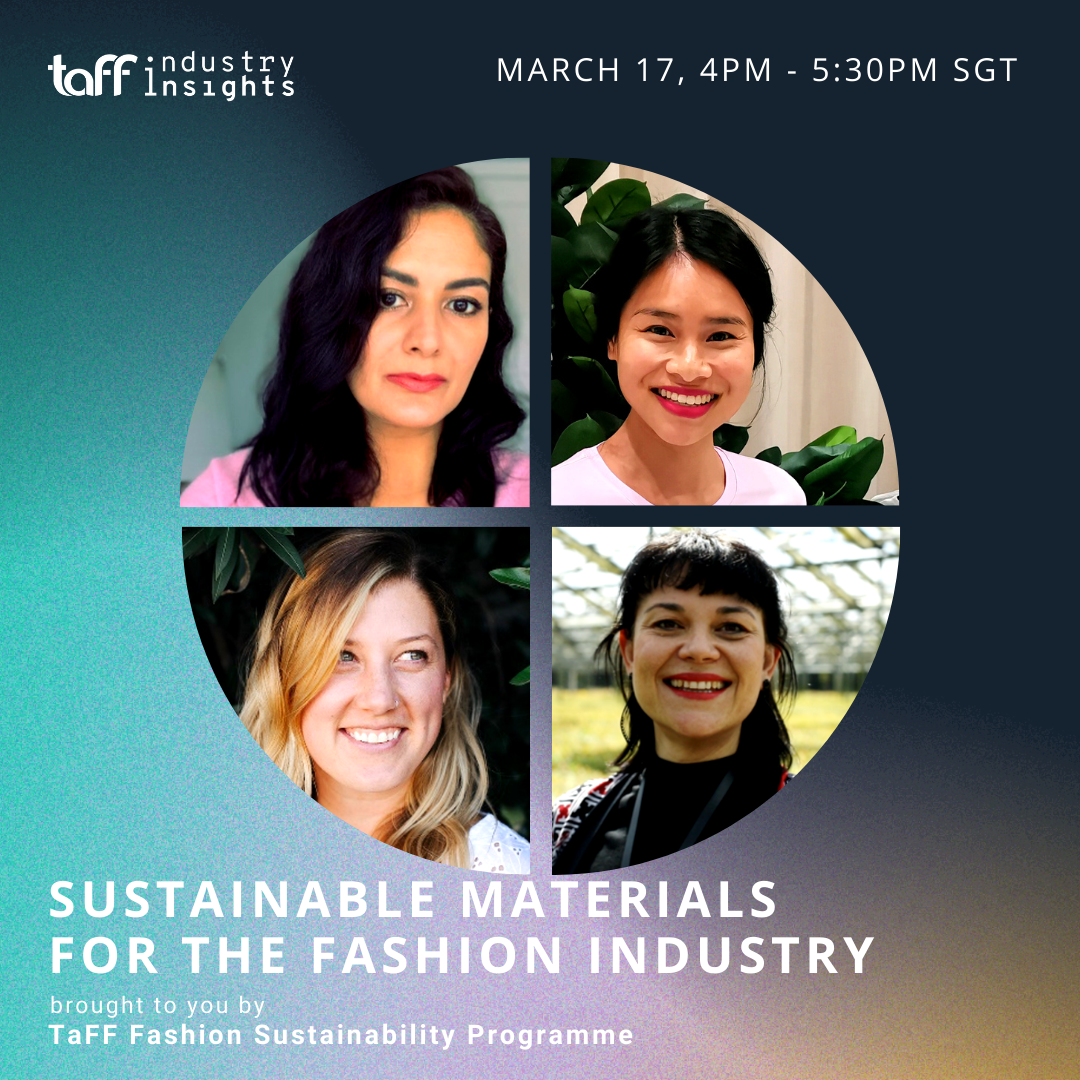
‘Sustainable Materials for the Fashion Industry: Trends & Insights’. Who wins the sustainability argument – the cotton shirt or the polyester shirt? Unfortunately, there is no simple way to call the winner. Choosing sustainable materials is one big positive step businesses can take towards climate action. Hear from the experts in this webinar organised by the Textile and Fashion Federation (TaFF) Singapore. What are the preferred materials and why it makes a difference? Come and hear from a panel of experts on the sustainable material trends and what lies ahead. Also hear from a global brand on their story of adoption of sustainable and innovative materials. PEFC is represented in the webinar by Deepa Hingorani. Register for TaFF webinar here.
PEFC Update on Lower Mekong UN-REDD Initiative
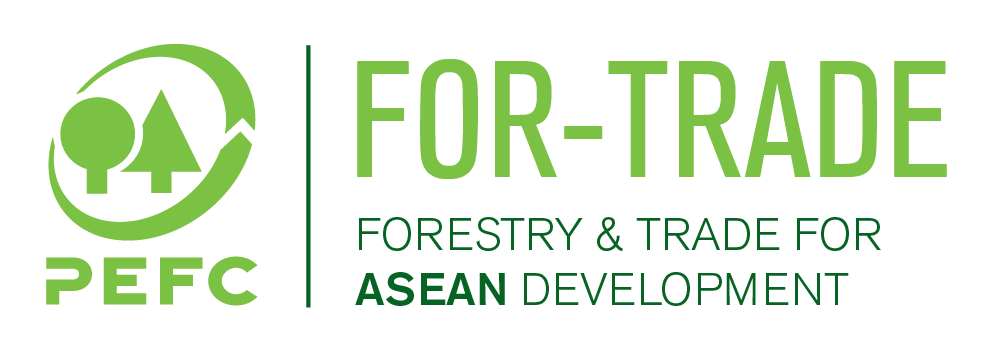
Through various pilot projects and other activities that benefit smallholders, PEFC is supporting its members and partners in the Lower Mekong Region within the UN-REDD Lower Mekong Initiative. Sustainable forest management certification standards are adapted to meet the conditions of smallholders and community forestry user groups in each country. PEFC has also developed guidance for smallholder group certification, aiming at reducing and sharing certification costs. Different smallholder pilots have been developed and will continue into 2022. Read more here.
The Forest is a Place to Relax, Breathe and Medicate
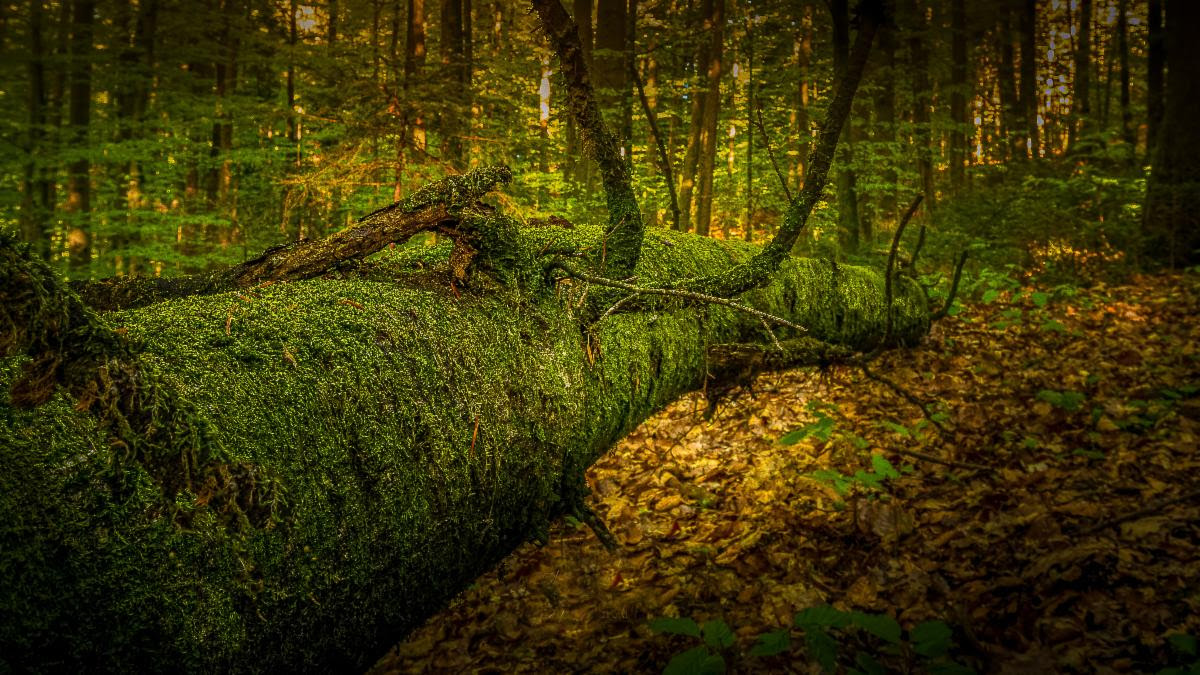
This March, our photo in the spotlight is ‘The carpet of moss’, taken by Radenko Malic, a runner-up in our 2021 ‘Experience Forests, Experience PEFC’ Photo Contest. Radenko tells us how his stunning photo came about, and why the forest is not only special and inspiring, but also a vitally important place for all of us. He was asked: How do you feel about forests, both professionally and personally? "i love to take landscape photographs, and the forest gives me a special feeling for the environment. It is a place to relax, breathe and meditate, which are all the things I do while taking a picture". Read more.



